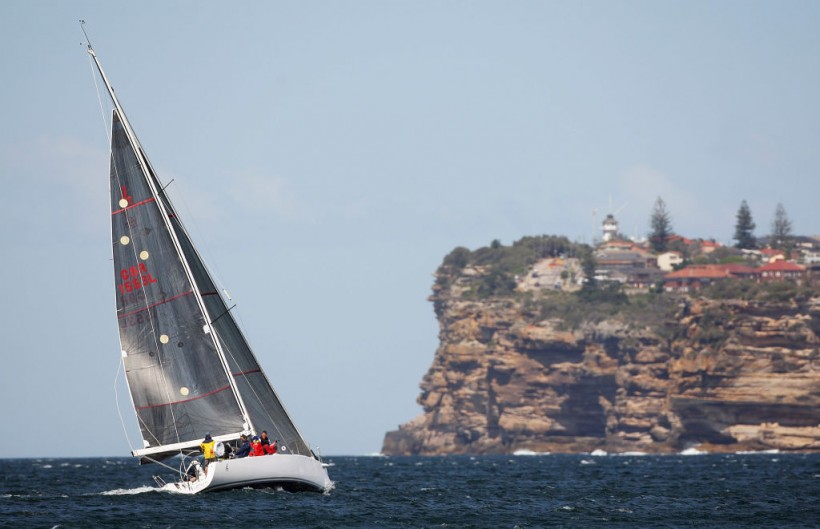
Seawater chemistry shows evidence of geological events from 150 million years ago.
Seawater and sea salt chemistry reveal geological occurrences from 150 million years ago.
Secrets Hidden in Seawater
Tiny droplets of the saltwater from which it was produced, preserving geologic history, are concealed in sea salt.
Dr. Mebrahtu Weldeghebriel, a postdoctoral researcher at Princeton University, worked with Tim Lowenstein, a Distinguished Professor of Earth Sciences at Binghamton University, using cutting-edge technology made possible by a grant from the National Science Foundation. Together, they were able to reconstruct changes in seawater chemistry throughout the previous 150 million years, offering insight into associated geological occurrences and climatic alterations.
Seawater Chemistry Digs into History
According to Lowenstein, the ocean is like a vast soup of many elements. The most prevalent ones are sodium and chloride, but seawater also contains dozens of additional elements, including lithium, in minute concentrations.
They studied sedimentary basins in America, Asia, Europe, and Africa that created sea salt (halite) during a period of 150 million years at various times. There were tiny pockets of old seawater within the salt samples.
To examine the various trace elements present in the salt crystals, the scientists used a laser to drill holes into the specimens until the small droplets were reached.
The next step was to use a mass spectrometer to analyze the various trace elements that were found.
In their study, the scientists concentrated primarily on the lithium content, a trace element that has experienced a seven-fold decline over the last 150 million years, concurrent with an increase in the magnesium-to-calcium ratios.
Varying Levels of Lithium
For two decades now, changes in saltwater composition have been a popular topic of discussion. The researchers of the study posit that the lower frequency of movements controlled by the movement of tectonic plates, such as oceanic crust creation seafloor hydrothermal activity, cause lower concentrations of lithium in seawater.
Over the past 150 million years, plate action has slowed down, resulting in less lithium concentrations in the ocean and less carbon dioxide has escaped into the atmosphere, which has finally caused global cooling and the current ice age. The world was warmer, had more carbon dioxide in the atmosphere, and had more lithium in the water 150 million years ago.
Also Read: Deep Sea Mining for Minerals Copper, Nickel, Cobalt Being Considered by Norway
According to Weldeghebriel, ocean chemistry is closely related to atmospheric chemistry. Any modifications to the ocean likewise indicate alterations to the atmosphere.
Overall, Weldeghebriel and Lowenstein's research has advanced knowledge of the chemistry of the planet's prehistoric waters and how the shifting of tectonic plates has affected the hydrosphere and atmosphere's composition. These chemical alterations also affect biology, as seen in the calcium carbonate-shelled marine animals.
In addition, Lowenstein noted that everything is interconnected, including the oceans, the atmosphere, and how they change.
Lithium in the Ocean
Seawater's lithium content, meanwhile, has lately come to light as a potential new source of environmentally friendly lithium. 230 billion tons of lithium are present in seawater, against only 21 million tons in typical land-based reserves. Tech companies say that all of the lithium in seawater could be extracted, providing enough for humankind's technological demands.
Related Article: Batteries vs. Species: Nevada Wildflower Growing Only Lithium Mine Site Declared Endangered
© 2024 NatureWorldNews.com All rights reserved. Do not reproduce without permission.

![Tsunami Hazard Zones: New US Map Shows Places at Risk of Flooding and Tsunamis Amid Rising Sea Levels [NOAA]](https://1471793142.rsc.cdn77.org/data/thumbs/full/70325/280/157/50/40/tsunami-hazard-zones-new-us-map-shows-places-at-risk-of-flooding-and-tsunamis-amid-rising-sea-levels-noaa.jpg)



